All sports are associated with a certain level of risk and injury. However, with proper training techniques, adequate support and supervision, and preemptive and anticipatory baseline testing, the risk of injury can be reduced. The following policies and procedures describe how St. Michael’s Prep will ensure that all student-athletes are safe and properly cared for while pursuing athletic excellence and success.
Heat Policy
SMP Athletics is dedicated to ensuring our student-athletes' safety during outdoor athletic participation in the hot summer months. During hot weather conditions, the athlete may be subjected to the following:
Heat Cramps - Painful cramps involving abdominal muscles and extremities caused by intense, prolonged exercise in the heat and depletion of salt and water due to sweating.
Heat Syncope - Weakness, fatigue, and fainting due to loss of salt and water in sweat and exercise in the heat. Predisposes to heatstroke.
Heat Exhaustion (Water Depletion) - Excessive weight loss, reduced sweating, elevated skin and core body temperature, excessive thirst, weakness, headache, and sometimes unconsciousness.
Heat Exhaustion (Salt Depletion) - Exhaustion, nausea, vomiting, muscle cramps, and dizziness due to profuse sweating and inadequate replacement of body salts.
Heatstroke - An acute medical emergency related to thermoregulatory failure. Associated with nausea, seizures, disorientation, and possible unconsciousness or coma. It may occur suddenly without being preceded by any other clinical signs. The individual is usually unconscious with a high body temperature and hot dry skin (heatstroke victims, contrary to popular belief, may sweat profusely).
To help prevent the chances of a heat-related illness, St. Michael’s Prep utilizes the following guidelines based on the recommendations from the National Athletic Training Association and The American College of Sports Medicine:
- SMP requires all athletes have a physical exam with a medical history before the start of participating in physical activity. History of previous heat illness and type of training activities before organized practice begins should be included.
- Athletes are subject to a period of heat acclimation at the beginning of the fall season sports. This involves progressively increasing the intensity and duration of physical activity and phasing in protective equipment (if applicable). This process takes 7-14 days. Below are guidelines for tackle football:
DAYS 1–2: Single 3-hour practice OR one 2-hour practice and one 1-hour field session. Helmets only.
DAYS 3–4: Single 3-hour practice OR one 2-hour practice and one 1-hour field session. Helmets and shoulder pads.
DAY 5: Single 3-hour practice OR one 2-hour practice and one 1-hour field session. Full pads.
AFTER DAY 5: One day between days with multiple practices. Under 5 hours total practice time. Under 2 hours of walk-throughs. - The most important safeguard to the health of the athlete is the replacement of water. Water will be on the field and readily available to the athletes at all times. Water is available in unlimited quantities. Drinking ample water before practice or games has also been found to aid performance in the heat.
- Wet Bulb Globe Temperature (WBGT) is the recommended forecast measurement to be used to monitor environmental conditions during outdoor physical activities. WBGT estimates the effect of temperature, relative humidity, wind speed, and solar radiation using a combination of temperatures from three thermometers.
The American College of Sports Medicine has recommended WBGT guidelines that dictate modifications in activity (work: rest ratios, hydration breaks, equipment worn, length of practice) at given WBGT temperatures to prevent Exertional Heat Stroke. The SMP Athletic Trainer takes WBGT readings from a Kestrel 5400 Heat Stress Tracker before and during every outside event or practice to accommodate accordingly based on adopted guidelines. The table below provides a guideline for the modification of activity based on the environmental conditions.
WBGT READINGS / ACTIVITY GUIDELINES AND MODIFICATIONS
|
|
Activities as normal. Provide at least three separate rest breaks each hour with a minimum
duration of 3 minutes during the workout.
|
|
|
Use discretion for intense prolonged exercise, watch at-risk players carefully. Provide at
least three separate rest breaks each hour with a minimum duration of 4 minutes each.
|
|
|
Maximum practice time is 2 hours. FOR FOOTBALL: Players are restricted to helmet,
shoulder pads, and shorts during practice, and all protective equipment must be removed
during conditioning activities. If the WBGT rises to this level during practice, players may
continue to work out wearing football pants without changing into shorts.
FOR ALL SPORTS: Provide at least four separate rest breaks each hour with a minimum
duration of 4 minutes each.
|
|
|
Maximum practice time is 1 hour. FOR FOOTBALL: No protective equipment may be worn
during practice and there may be no conditioning activities.
FOR ALL SPORTS: There must be 20 minutes of rest breaks distributed throughout
the hour of practice.
|
|
|
No outdoor workouts. Delay practice until a cooler WBGT level is reached.
|
Minor Injuries
All student-athletes are allowed the opportunity to evaluate their pain or discomfort to determine future action. If the pain or discomfort does not subside, parents and/or guardians may be called. Student-athletes are never forced or persuaded back into action unless they are comfortable with the decision. If medical attention is necessary, a physician’s clearance is required before returning to action. Minor injuries can include muscle or joint sprains and strains, bruises, and minor illnesses.
Significant Injuries and Emergencies
In the event of a significant injury, the parent/guardian will be called immediately. If necessary, the athletic training staff at the upper school will be called to provide additional medical attention. If the injury is life-threatening, emergency personnel will be summoned. The difference between a minor injury and a significant injury can be subtle; however, coaches, administration, and staff will err on the side of caution in all instances. Again, if medical attention is necessary, a physician’s clearance is required before returning to action. Significant injuries can include broken or dislocated bones, torn ligaments, or any injury that requires surgery.
Concussions and Head Trauma
A concussion occurs when the brain suddenly shifts or shakes inside the skull and knocks against the skull’s bony surface. This can result in a disturbance and/or impairment in neurologic function. All 6th through 12th-grade student-athletes will be administered the Sway Baseline Concussion test before the beginning of the season. If head trauma is suspected, coaches, administration, and/or staff will remove the student-athlete from participation.
If a concussion is suspected, it is advised that parents and student-athletes seek medical attention. If the parent chooses not to pursue medical attention, St. Michael's Prep athletic trainers can administer a post-injury test as a way to determine if the student-athlete is ready to return to participation. The student should not have experienced any symptoms for 24 hours before the post-injury test. Additionally, student-athletes must wait 72 hours after the incident to take the post-injury test. If under a physician’s care, student-athletes should proceed only with the physician’s specific instructions or once the post-injury test deems the student-athlete ready to return, the return to play progression will commence.
|






